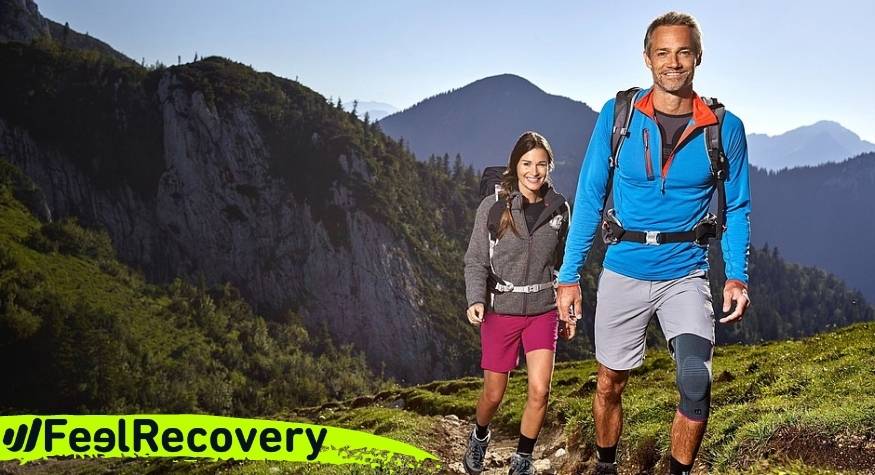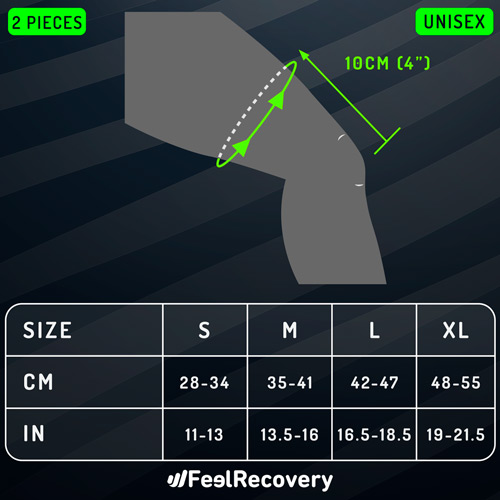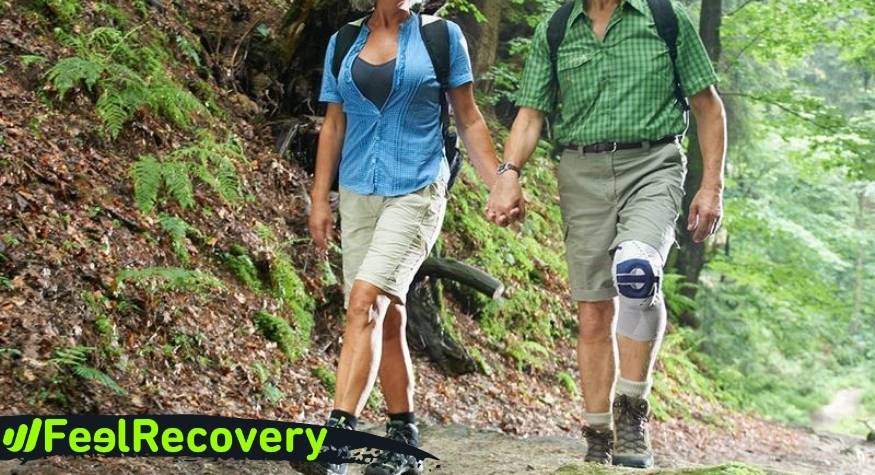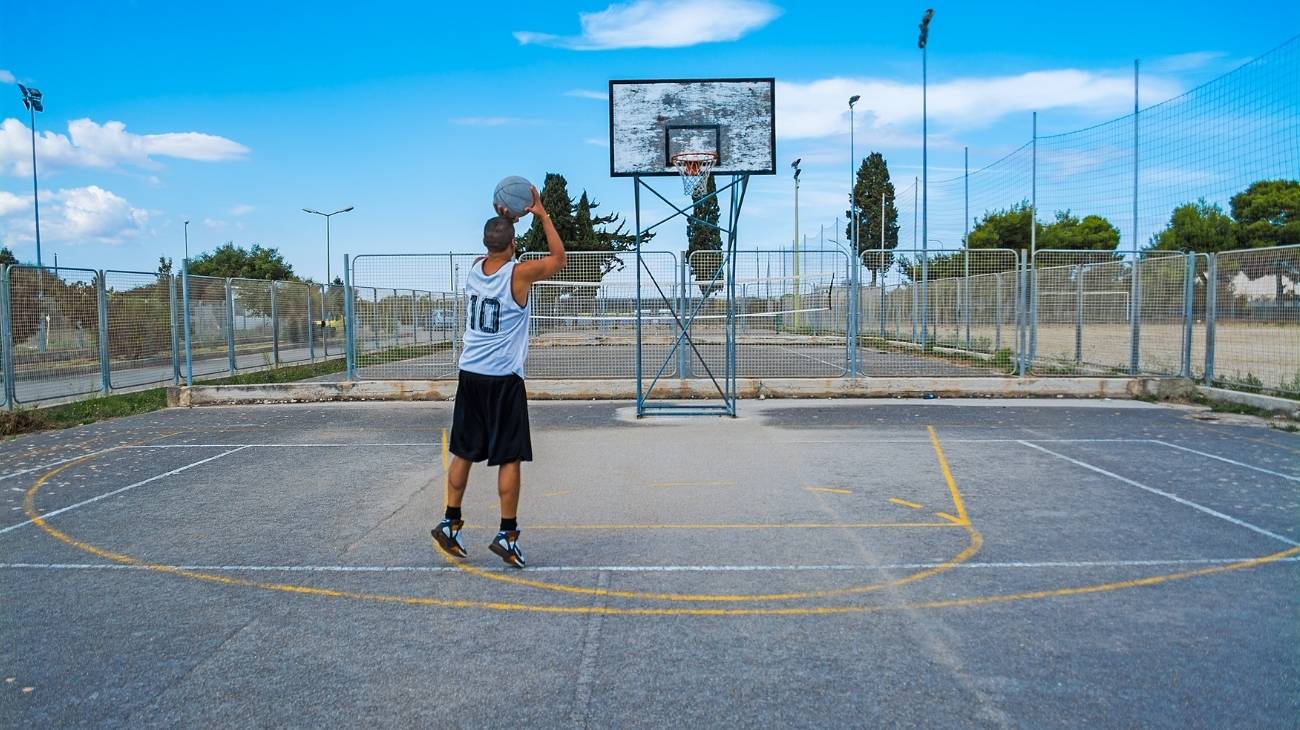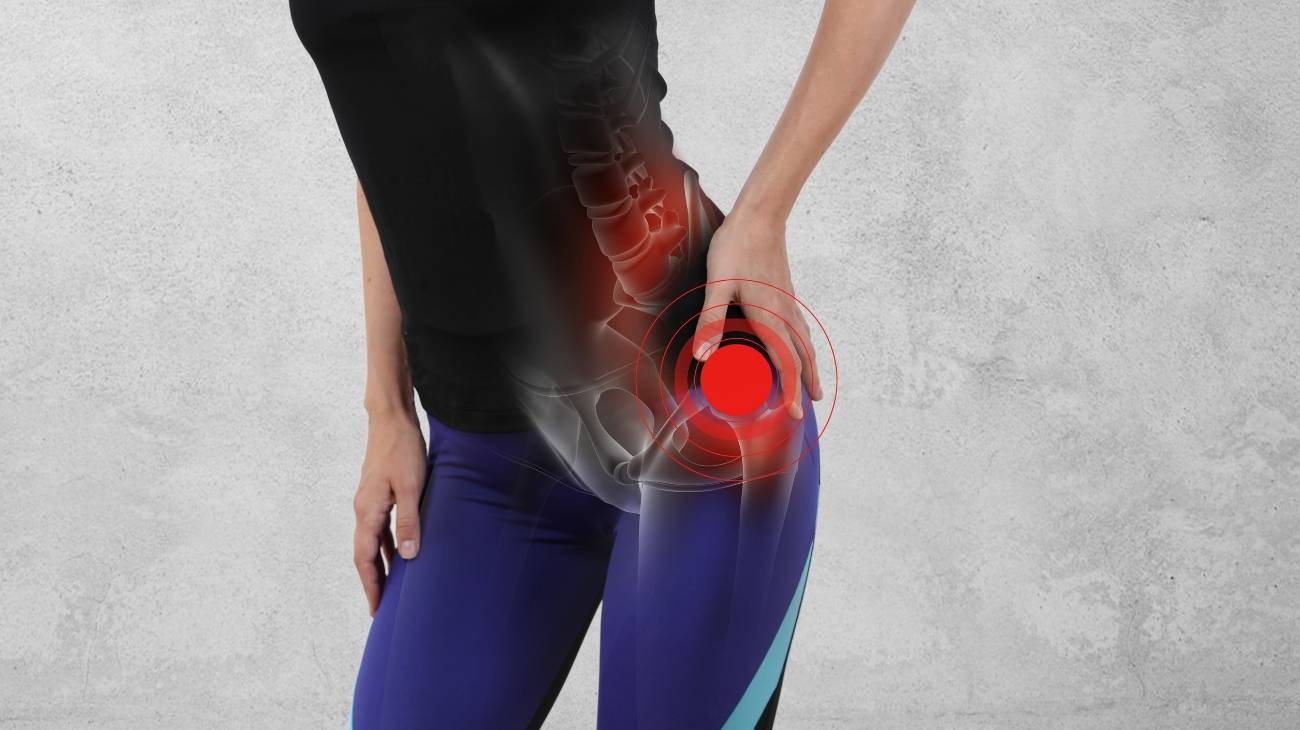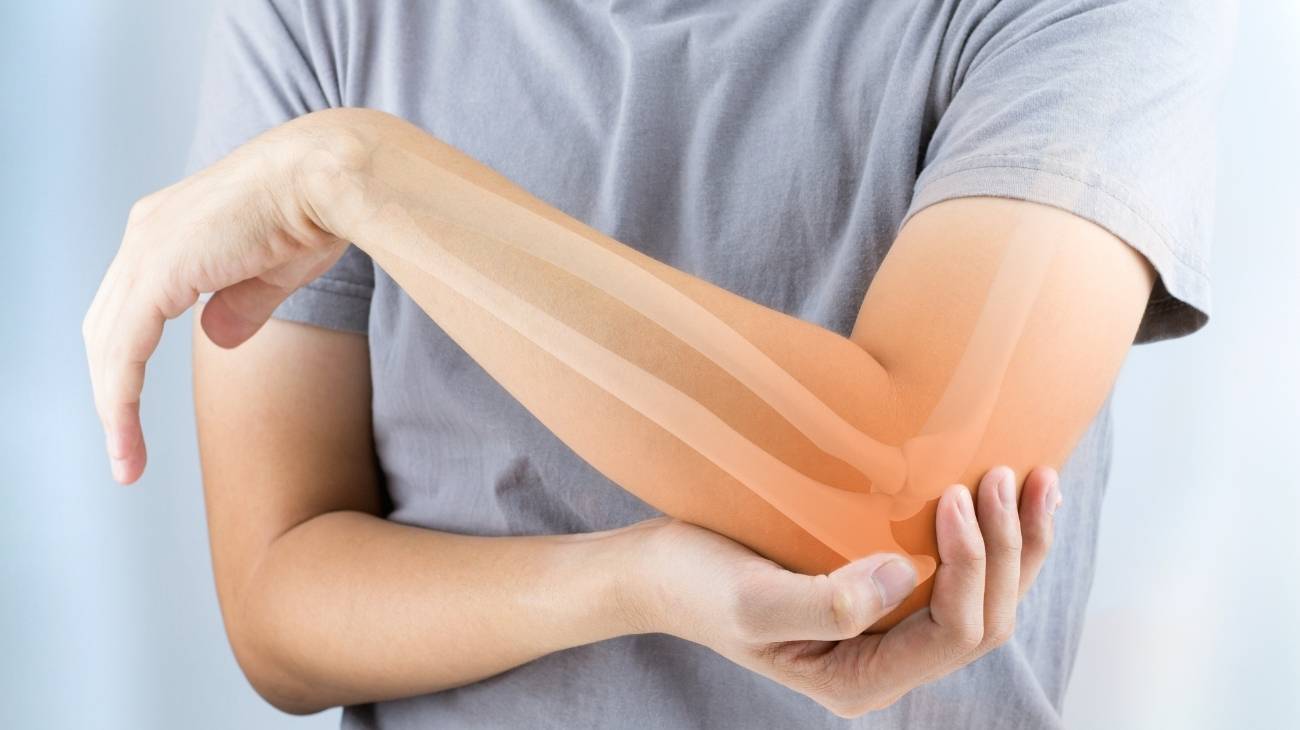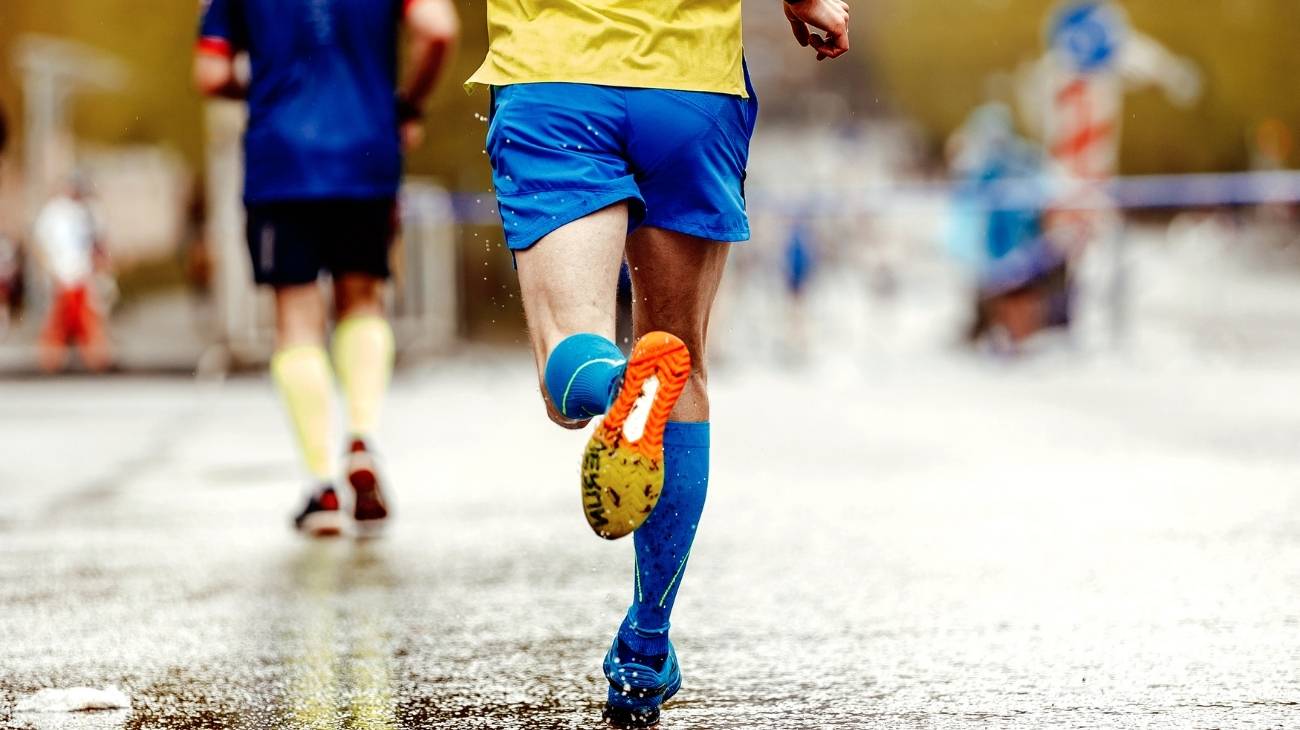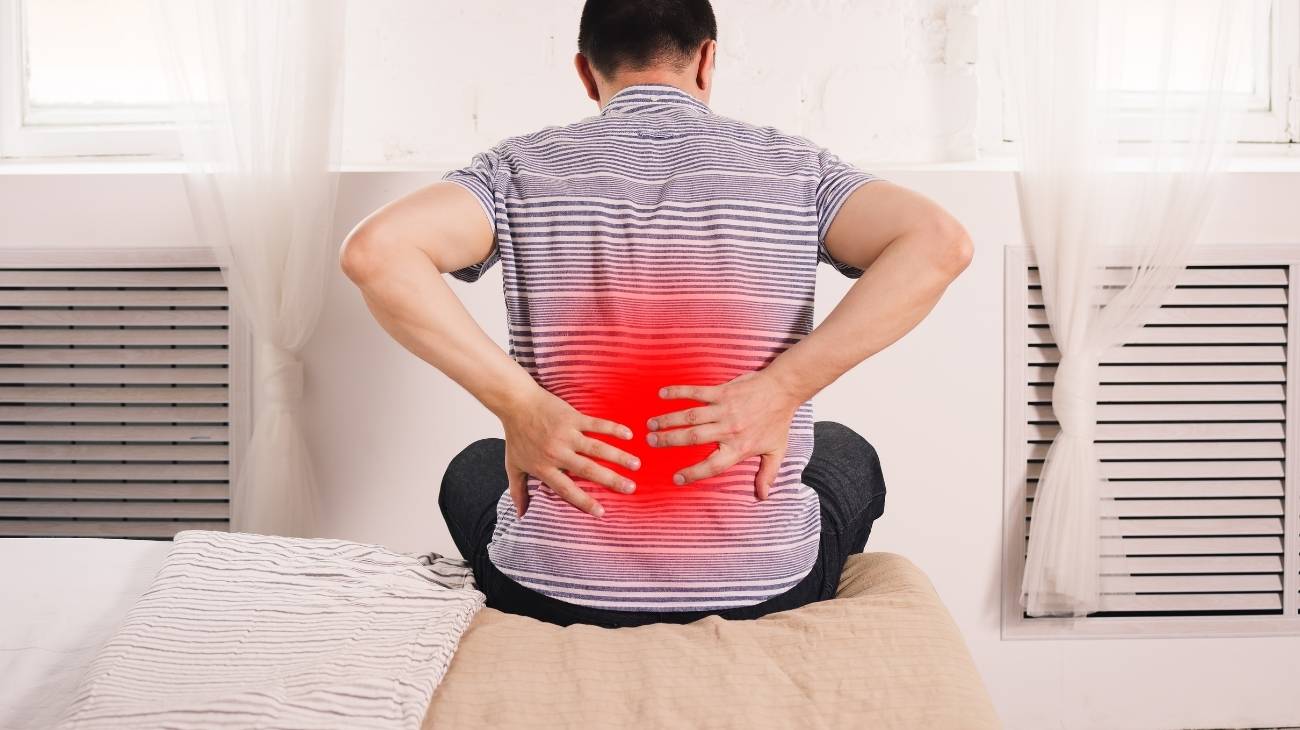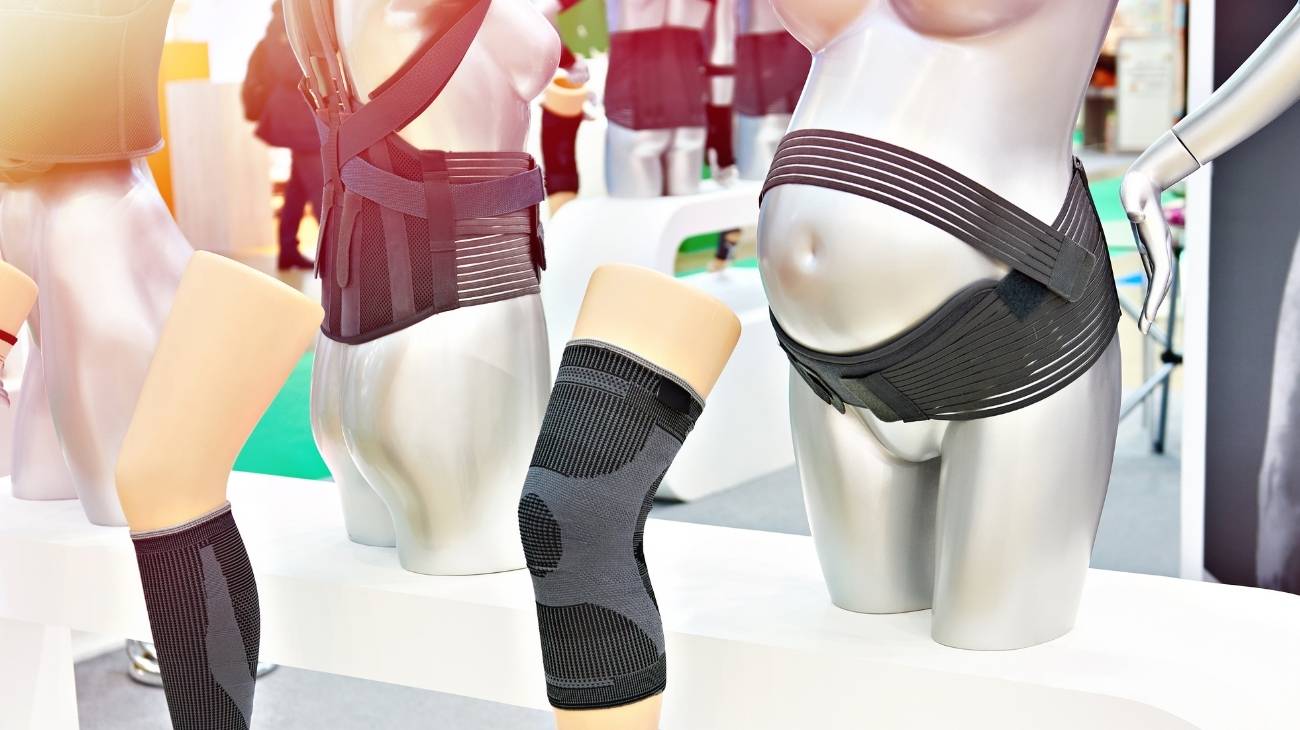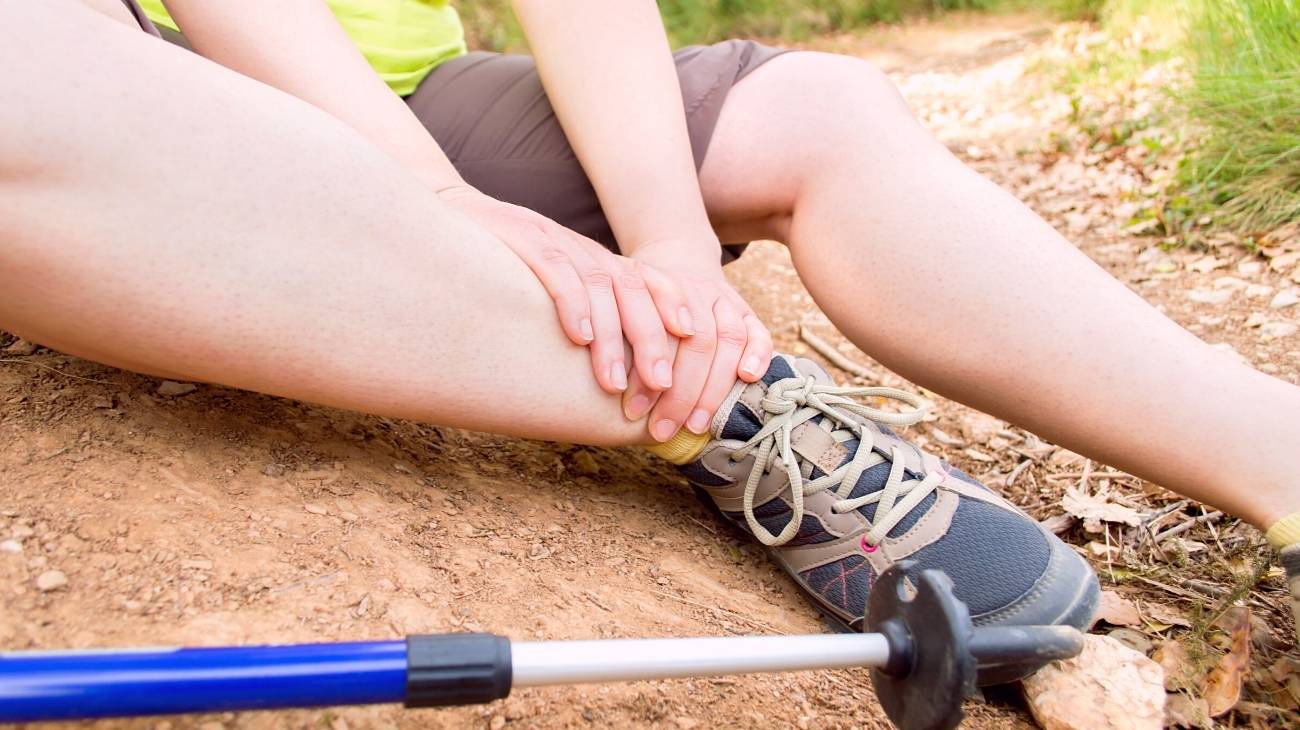- What are the most common knee injuries when we practice mountain sports?
- What type of knee braces and patellar straps are best for hiking or mountaineering injuries?
- What characteristics should you take into account before choosing the best sports knee brace for hiking?
- Do compression knee braces for mountain sports really work?
People who carry out this discipline, whether as a profession or as a hobby, must be in optimum physical condition, but despite this, accidents can occur, where the area most affected is usually the knee.
The entire weight of the body falls on that joint and it is of vital importance for the execution of these mountain sports. Therefore, knee braces are the best way to prevent and recover from injuries, here we will explain the most frequent ones, how to help heal them by means of this garment, its characteristics and more.
What are the most common knee injuries when we practice mountain sports?
Like all sports, those practiced in rocky areas carry some risks that we cannot ignore. Among the knee injuries that occur most frequently in the mountains we can highlight the following:
Sprains
This type of trauma occurs most commonly in the knees and ankles. They are caused by distensions, sprains or stretching of the ligament that are produced by a position different from its natural state. The knees tend to suffer more than any other part of the body in mountain sports, which increases the possibility of a sprain. This is due to the feeling of instability from certain movements or positions adopted during the journey.
On the descent sections, for example, the sensation increases according to the weight we carry and the speed at which we make the movements. The risk is greater when taking into account the irregularities of the terrain, which impact the knee with every stride and compromise the stability of the joint.
Fractures
This is what broken bones are called. Falls that occur in mountainous areas usually cause these knee injuries. When this happens, the kneecap (the small, round bone at the front of the joint) tears. In some cases, when it is fractured, the patellar tendon or quadriceps can also be torn.
Mountain sport in itself is a practice that involves great risks, ranging from those inherent in nature, such as climate change and changing atmospheric phenomena, to the presence of wild animals. Therefore, taking care of the knee may not be a priority but, a break in this area could lead to the definitive suspension of this type of sport.
Patellar tendonitis
It is characterised by pain between the kneecap and the tibia. At first, the discomfort is only felt when you start physical activity or after intense exercise. The risk of suffering from knee tendinitis is even greater in sportsmen and women, as the joint suffers from overloading, because when you climb the mountain you have to carry all the heavy equipment, from food to the first aid kit, among others. The weight and the sometimes sudden movements that must be made at some point on the way are generally the cause of injuries to the kneecap.
Bursitis in the knee
It is the inflammation of the synovial sacs (bursa) located near the knee. It occurs because of the repetitive pressure that is exerted when the joint is tuned up for a long time, also because of overload or injury. Those who undergo very repetitive movements, such as mountain climbers or mountaineers, often suffer from inflammation of the bursae. The ascent and descent of the mountain requires a lot of movement affecting the knee, so they are prone to this pathology.
Sciatica
The muscles at the back of the knee are controlled by the sciatic nerve, and their appearance causes that part of the body to tingle and become numb. This happens because the nerve runs from the lower back, down the buttocks, hips and thighs, to the legs, knees and feet, so any injury that directly affects that nerve, whether from a fall, slip or other accidents in the mountains, will cause a lot of knee pain.
Therefore, partial damage to it can be of great disadvantage to people who practice any sport that requires constant mobility of the legs, such as trail running or trekking, because they will have weakness in bending the knees and problems with movement of the feet.
Bestseller
What type of knee braces and patellar straps are best for hiking or mountaineering injuries?
Currently, multiple knee braces have been designed, which represents an advantage in terms of joint protection and the best therapy to recover quickly from any trauma in that area. An important point to note is that the site of the injury should first be assessed and then the ideal garment chosen so that you have a quick and satisfactory cure, so that you do not have to stop your sporting activities for a long time.
Some knee braces and compression straps to treat injuries are:
Knee compression sleeves
It is a garment made with flexible and breathable materials in order to protect your knee from any injury and, in case it already exists, you will be able to improve it significantly, while reducing the pain of the injury caused. Although, there are knee supports reinforced with other materials depending on the case or injury, here we explain two of the most used:
- Knee brace with support: It is ideal to use it after an injury, because thanks to the compression and the heat it exerts, you can drastically reduce inflammation, and it also creates a feeling of support, even though it does not work to stabilize.
- Stabilizing knee supports: They are designed to provide stability to an injured knee, they can be used during the pain, while waiting for an operation or after the surgical intervention to protect the reconstructed area. They are adaptable for various levels of movement, contain swelling even more effectively than casts or splints.
Rehabilitation knee supports
Used only after an accident in that area, and for a stipulated time. Its objective is to limit the movements so that you can have a healthy and fast recovery process.
Patellar tendonitis strap
Designed to treat all types of knee injuries. It fits easily under the kneecap which is a support so you don't have to stop your physical activity while it heals. With this tape, you'll have the pressure needed to speed up the healing process and get back to the mountains.
What characteristics should you take into account before choosing the best sports knee brace for hiking?
The key to successful physical activity lies in prevention. In addition to the use of the necessary equipment, the right clothing and accessories must be available to allow for comfort and safe movements. The sports knee brace, without a doubt, should be part of your main kit for any trip in the mountains. This is why we will help you choose the knee brace that best suits you, depending on your needs, measurements and even your choice of equipment.
Depending on its function
This garment is used to centre the kneecap to avoid overloading. But, there are other functions you can give them depending on your needs. Here are a few:
- Knee braces for pain relief: Sportspeople usually acquire this garment specifically to reduce the discomfort that is so frequent, and much more, for those who practice various disciplines in mountainous areas, because their risk is not limited to one space, but can occur due to factors far away from them. The knees are therefore relieved of all body weight, and it is so simple that ailments can occur if they are not treated carefully or if they do not take the necessary precautions. This compression garment provides that help you need for every moment of your life and especially for those in high danger. The knee brace reduces the vibration of the muscle on impact with the ground, i.e. it reduces the impact, protects the muscle and generates rapid muscle recovery.
- Protective knee supports: There is no other garment that can protect from such intensity as knee supports. There are many sports activities that can be done in the mountains such as: mountaineering, trail running, canyoning, and more. All of them have high risks in their journeys, so wearing a good equipment could save your life. From a bad footfall to a serious fall can occur in this type of sport. This product can protect you from any injury caused in that area, whether by overloading or other factors that can cause pain. At the same time it will keep you warm and comfortable, which is an important factor because of the instability of the climate.
- Open knee braces: This is a type of brace that is widely used for mobility protection, that is, it helps the joint to move correctly without having to make a lot of effort and therefore avoid any injury in the area. Its shape is open in the front for patellar containment and better transpiration.
- Closed knee braces: They cover the whole area of the knee and, of course, have more protection. They are also widely used with gel supports to help protect the softer parts and for greater comfort during exercises. In mountain activities they are perfect since they will always keep the joint in a correct position, which generates a minimum of probabilities of injury in any area you practice.
Manufacturing material
The knee brace is generally manufactured to the highest standards to meet its various objectives. Although, there are exceptions where they do not make it with the proper materials creating a product that, beyond being useful, will be a nuisance. This is why we will highlight the best fabrics for you to take into account when making your purchase.
The most recommended knee brace is the one made of nylon. We can say that it is resistant, elastic, keeps the body warm and has perspiration. It is always combined with spandex, which is a highly flexible fibre but also absorbs moisture.
Type of support
It is essential that the chosen knee brace provides comfort and good support, since both gravity and sudden movements can cause it to fall. That's why there are alternative materials that avoid that kind of accidents that, although they are not frequent, can happen and more if you are in constant movement because you are a sportsman.
These are the most recommended ones for holding in mountain activities:
- Hinged knee supports: This is a piece of hardware that allows the opening or closing of the knee support. It is placed with the purpose of providing stability and free movement since they are adaptable. Used in pieces that require greater support.
- Knee braces with Velcro: It is a velvet hook that serves to hold or close the garment to the person's liking. It is highly recommended for long mountain trips due to its compression, comfort and secure fit.
- Neoprene knee braces: This is a synthetic rubber product that is widely used in different industries, such as orthopaedics. As it is such an elastic material, it makes it difficult to fold so it is ideal for use in rocky areas, as it also adjusts to the skin and protects the muscles. It should be noted that it is the most used material in the making of this garment and you will have better mobility.
Size
It is recommended that due attention be paid to the size of the knee brace, as this will define the compression and therefore the effects generated on the joint. It should not be too tight because it could affect circulation, and it should not be too large because it will not perform any results. However, to know your size you should use a tape measure to measure the contour of the knee, which you should compare with the table provided by the manufacturer.
| SIZE | S | M | L | XL |
|---|---|---|---|---|
| CM | 28-34 | 35-41 | 42-47 | 48-55 |
| IN | 11-13 | 13.5-16 | 16.5-18.5 | 19-21.5 |
| WHERE TO MEASURE? | ||||
| Measure the circumference of the thigh, 4 inch/10 cm up from the center of the kneecap (*View image) *Note: If after measuring you are between two sizes, choose the larger size |
||||
Design
The variety of knee compression sleeves one of the key points that make it a favourite, not only for sportsmen, but for the general public. People who practice trekking or climbing have a high risk of injury in areas as important to their practice as the knee.
This garment will protect the area from any impact or pain thanks to the materials it is made of. It also keeps the joint warm so that it is not affected by the cold that is so frequent in the mountains and you will always have a good style that only with the knee brace you can achieve. It should be noted that most of its designs are comfortable, breathable, non-slip and unisex. To provide the greatest and best protection.
Price
Just as there is a variety of designs and materials, there is also a variety of prices. This characteristic usually indicates the quality of the product. Because a low-cost garment, without fastening materials or other motifs, will not achieve the same effect as compression sports knee braces.
Therefore, it is recommended by sports coaches, as well as specialists in the area to treat injuries or for the protection of the knee. When it comes to health care, the price is the last thing that stands out, since there are main characteristics that must be detailed in order to determine the ideal garment.
Do compression knee braces for mountain sports really work?
Knee compression sleeves are indispensable for those who practice sports in mountainous areas, because they reduce knee pain, prevent sprains and strains, and also provide comfort and protection when walking.
This compression therapy is undoubtedly the best and most beneficial for athletes. It uses this product on the knees to exert a controlled pressure on the area, which acts by squeezing the veins and thus improving blood circulation.
Thanks to the compression, you can realize these benefits: reduce edemas, improve lymphatic drainage, decrease cytosines, which produces an anti-inflammatory effect, improves blood flow and much more. We cannot forget that all the recommendations have been confirmed by studies carried out in the medical field, after decades of research.
In short, the compression knee brace is a garment that every mountain sportsman should use in order to practice safely and confidently so that you won't have any complications in your knees, and if you do have them, you can also use them in recovery mode. So don't forget to always carry it with you, in your luggage to go to the mountains.













